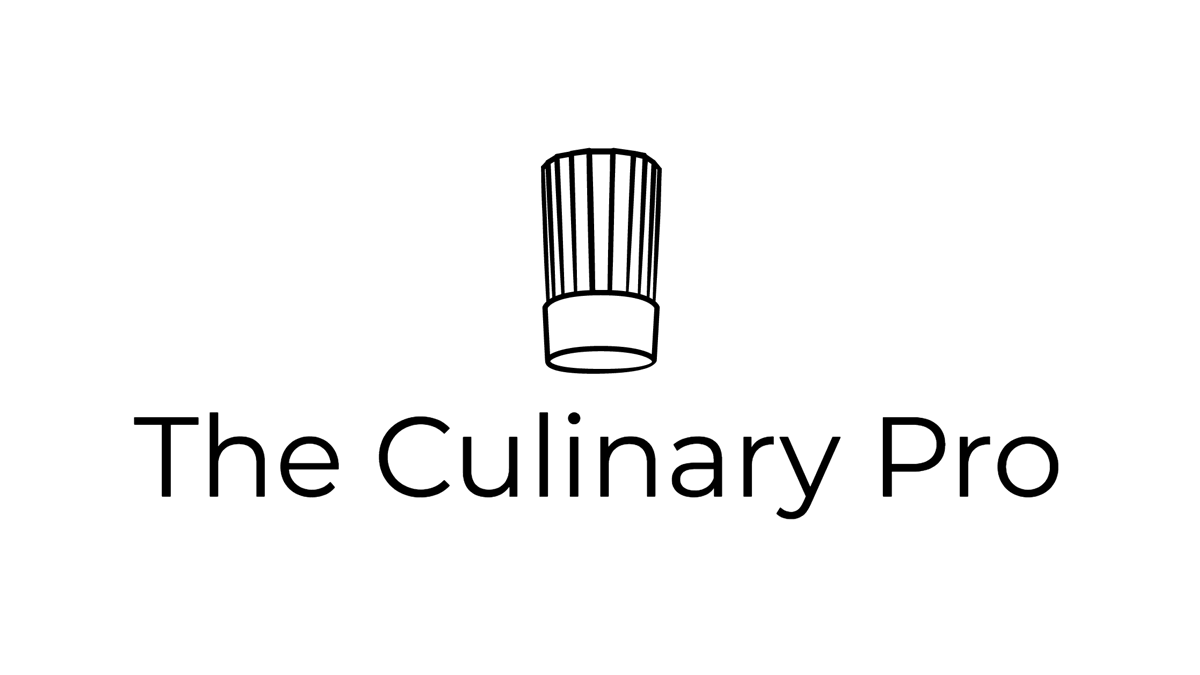Pastry Dough (pâte brisée)
Pastry doughs are simple preparations for sweet and savory pies and tarts that usually contain flour, fats, and water, with some versions including sugar, eggs, cream cheese, or milk. They are minimally mixed to avoid gluten development in the flour, which would result in a tough crust. The fats are cut into the flour until coarsely mixed, and liquid is added to pull the dough together. Maintaining the fats at a cold temperature is essential in the blending process. The dough must be chilled to ensure easier handling when rolled out. There are a few basic types of dough, including a savory dough without sugar, used for quiches and savory tarts, and a sweet crust for desserts.
Basic Pastry Dough
A pastry or pie dough, or a pâte brisée, is made with a few essential ingredients, including flour, fat, salt, and water. Fats, including butter, lard, or a vegetable shortening, are cut or rubbed into the flour to a coarse crumble resembling the size of peas. Water is added to pull the dough together into a mass. The ingredients should be kept cold and mixed until combined since overmixing will result in a tough, hard-to-work dough. The flakiness of the pie crust depends on the flour-to-fat ratio because higher flour content creates a tough and dry crust.



